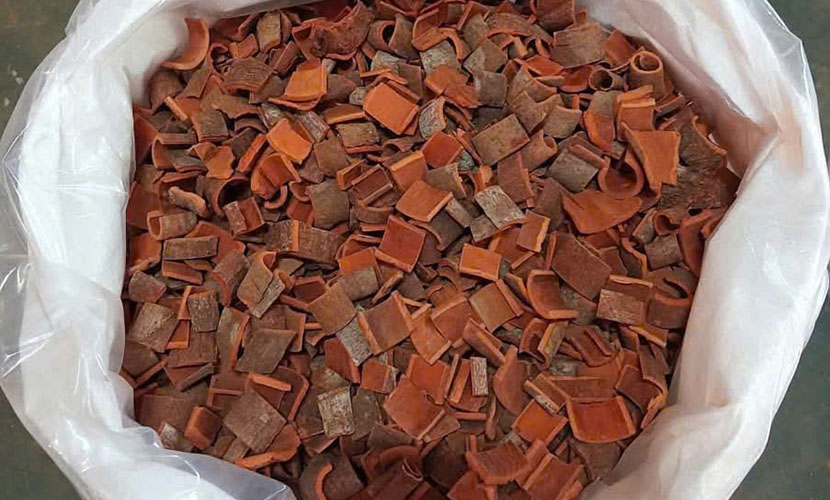
Van Yen district currently has over 11,000 hectares of Vietnam’s organic cassia. Moreover, this district plans to increase significantly in the coming time to target premium export markets.
Van Yen is the cassia capital of Yen Bai province, with a total cassia cultivation area of over 57,000 hectares. It accounts for more than 60% of the province’s total cassia area. In recent years, thousands of households in the district have signed contracts with enterprises to develop organic cassia material zones. This not only helps build a product brand but also increases income per unit of cultivation.
Mr. Trang, a farmer in Vien Son commune, owns nearly 10 hectares of hilly forest land, entirely planted with cassia. Previously, his family and other farmers grew and cared for cassia trees using traditional methods. Accordingly, they selected seeds and sowed seedlings themselves to expand cultivation.

Vietnam’s organic cassia
Vien Son commune has fertile soil, suitable for cassia trees. However, in the past, people often used chemical fertilizers for basal application and herbicides to reduce labor. This practice affected the health of cassia growers.
Also, it damaged the ecological environment and made it difficult to sell their products. In fact, many export companies of cassia targeting high-end markets refused to purchase such products. As a result, the selling prices were low.
In 2016, several households in the village, received training from agricultural technical staff on organic cassia cultivation. Instead of using chemical fertilizers and pesticides, the organic farming model provides guidance and support in selecting high-quality, genetically sound seedlings.
The cultivation process follows natural principles, using organic fertilizers or letting the trees grow naturally. Farmers will remove weeds manually or use grass-cutting machines.
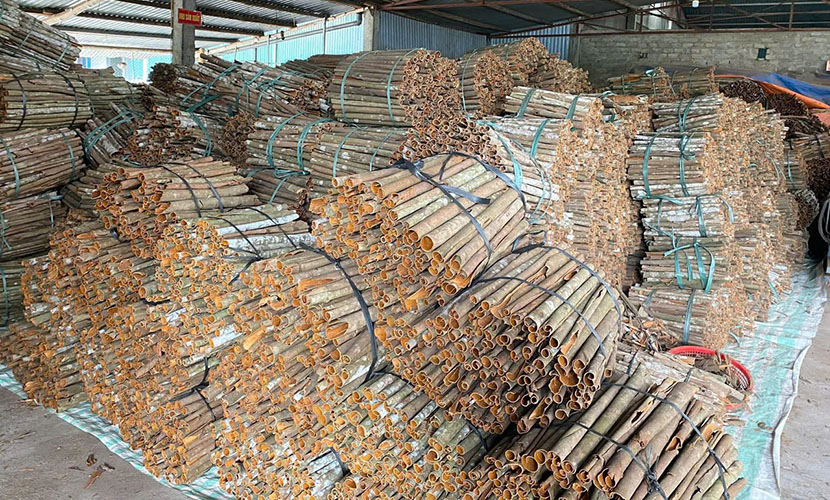
Vietnam’s organic whole cassia
According to Mr. Trang, organic farming protects the soil and water resources. In addition, it improves farmers’ health and creates safe products for consumers. It also reduces the cost of fertilizers and herbicides. As a result, selling prices of Vietnam’s organic cassia are 10–15% higher than those of normal cassia.
Vien Son is a highland commune considered the homeland of Van Yen cassia. The commune has over 900 households, with the Dao ethnic group accounting for 75%. Cassia has been a staple crop for generations, providing the main source of income for local people.
Currently, the commune has nearly 2,500 hectares of cassia. Each year, the commune supply more than 600 tons of cassia bark and hundreds of tons of cassia essential oil. Since 2010, the cassia area in Vien Son and nearby communes has been granted a geographical indication certificate.
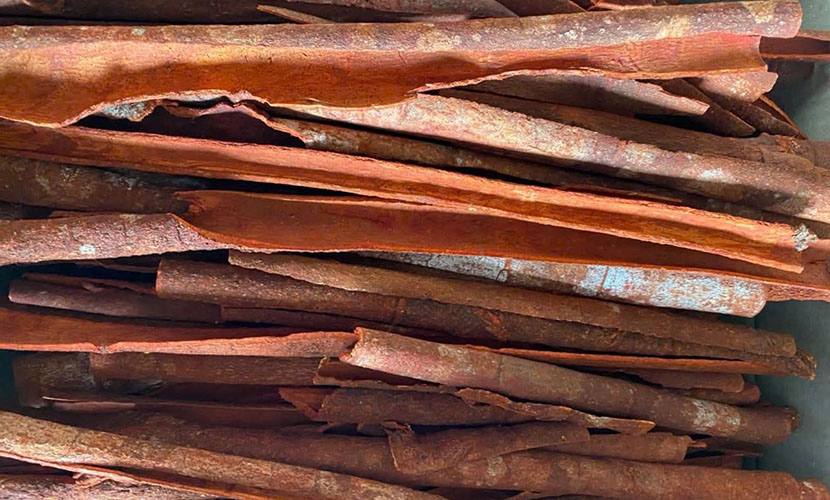
Vietnam’s organic split cassia
Mr. Hin, Chairman of the Vien Son commune said that cassia is considered the “green gold” of the mountains. Recently, the commune have cooperated with the agricultural enterprises to encourage farmers to develop organic cassia areas. As a result, it helps increase product value and meet the requirements of processing and exporting companies.
Currently, the commune has over 1,300 hectares of Vietnam’s organic cassia. It accounts for more than 50% of the total cassia area. Additionally, the locality focuses on conserving old cassia hills to ensure high-quality seed supply.
Van Yen is the largest cassia-growing area in Vietnam, which blessed with pure air and unique soil conditions. Cassia has long been a familiar crop and a source of prosperity for local residents.
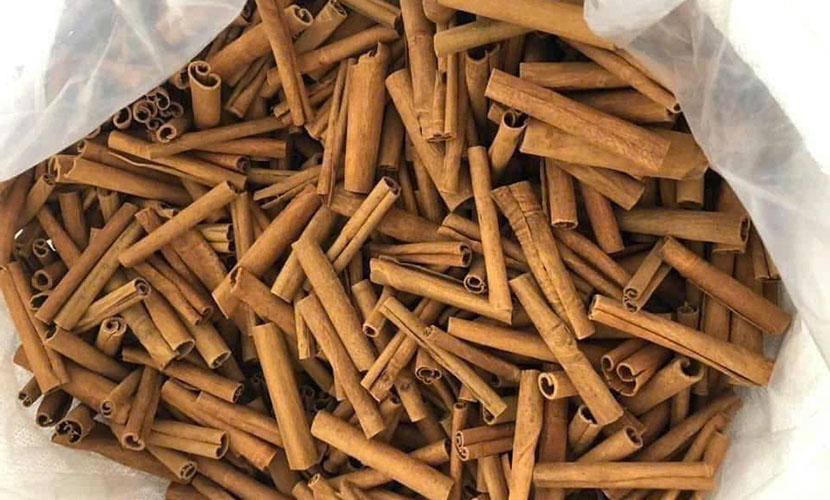
Vietnam’s organic stick cassia
Currently, Van Yen has more than 57,000 hectares of cassia. The district cooperates with companies to provide training for farmers on sustainable organic cassia cultivation techniques. These efforts aim to develop high-quality material areas and expand market access.
Van Yen has planned over 35,000 hectares for concentrated organic cassia production. Currently, nearly 11,000 hectares are organically certified. In addition, the district has developed four cassia value chains that include exporting enterprises of Vietnamese spices.
The district also promotes the formation of cooperative groups and cooperatives to strengthen linkages with farmers, establish material zones, and ensure close cooperation with enterprises in product consumption.
Mr. Kien, Vice Chairman of Van Yen district, said that the district aims to continue increasing both the quantity and quality of cassia products. Step by step, Van Yen will target high-end markets to improve farmers’ income.
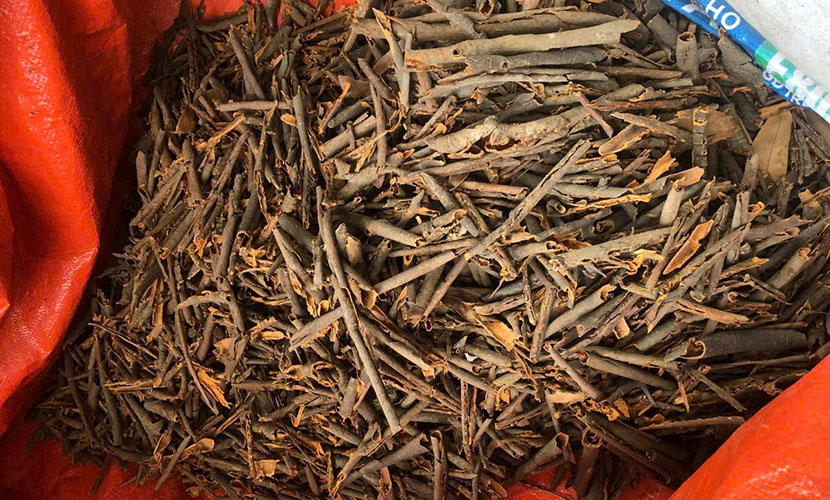
Vietnam’s broken cassia
According to Mr. Kien, expanding Vietnam’s organic cassia material zones is a long-term process, from seed selection, intensive farming, caring, to processing. Farmers and production areas must undergo strict procedures, including sampling and testing of buffer zones, soil, water, cassia bark, and leaves.
Certification is granted by independent agencies. Yen Bai province supports 100% of the cost for hiring consulting units to carry out this certification. In addition, some businesses are partnering with farmers to develop their own organic cassia production areas for export.
This shift from small-scale to commercial organic production increases the yield, quality, and value of cassia products. In additioin, it helps reduce environmental pollution, protect natural water sources, and ensure community health.
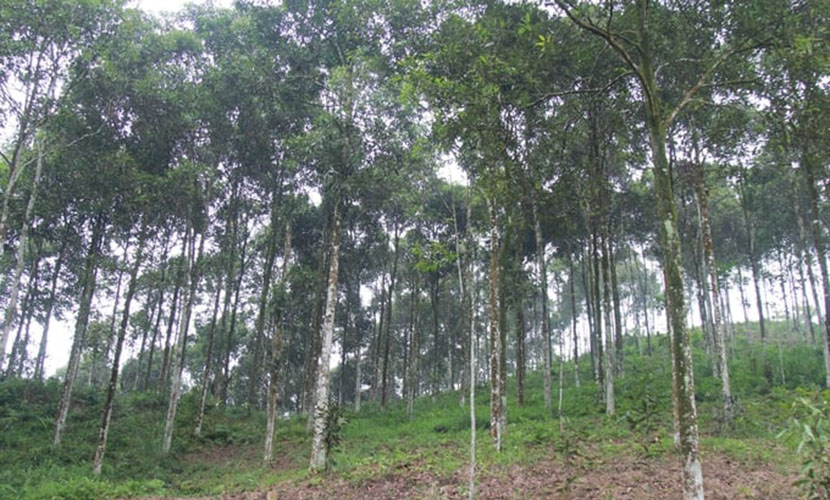
Vietnam’s organic cassia forest
In the coming period, Van Yen authorities will continue to focus on building specialized cassia cultivation zones, particularly in communes already granted geographical indication status. The focus will be on organic cassia and export-standard products targeting premium markets such as the United States, Japan, South Korea, and European countries.
Currently, organic certifications are issued to individual households. However, by 2030, organic cassia entering the U.S. and EU markets must be certified at the group level. Therefore, material zones must meet higher requirements and involve collective participation of all households in the production area—individual efforts will no longer be sufficient.
In the near future, local authorities will continue working with businesses and scientists to promote and guide farmers in achieving organic certification. The goal is to build internationally certified cassia areas covering over 15,000 hectares by 2025.
Vietnamese source: https://vpsaspice.org/que-huu-co-rong-duong-xuat-khau-huyen-co-11-nghin-ha-que-huu-co/
